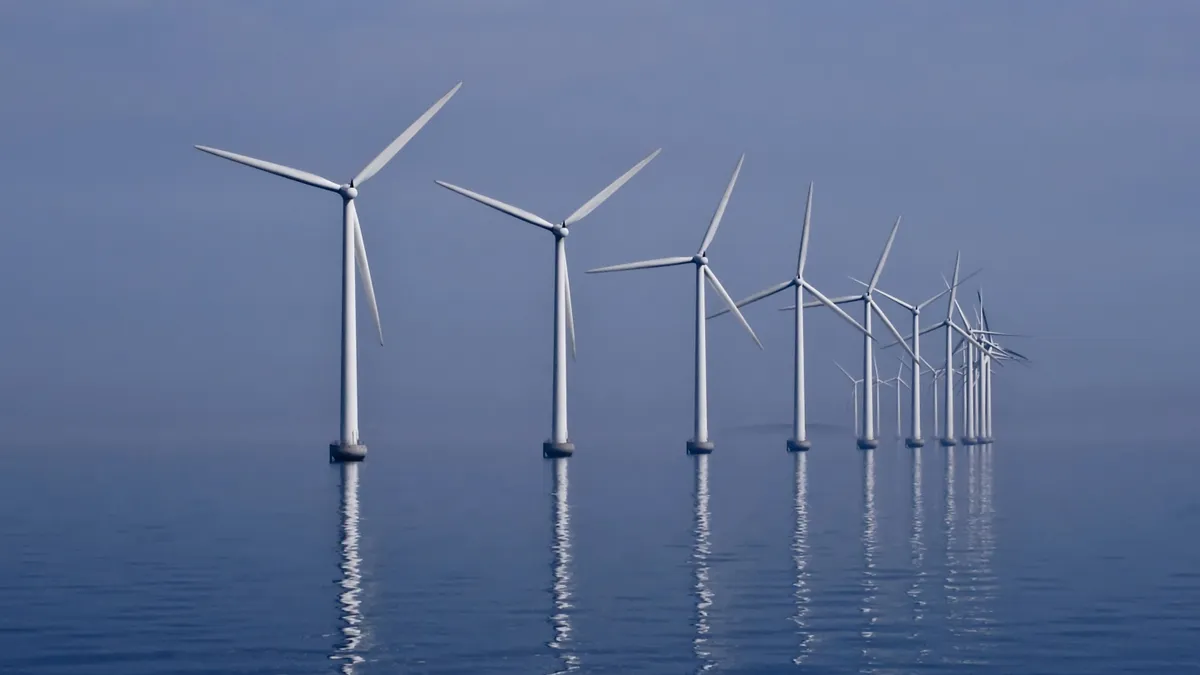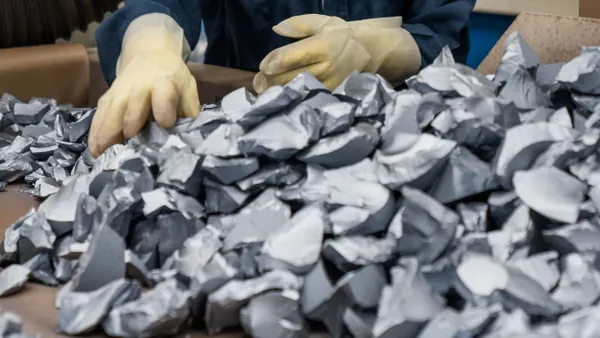Dive Brief:
- The Lake Erie Energy Development Co (LEEDCo) Icebreaker project was one of three winners of Offshore Wind Advanced Technology grants from the U.S. Department of Energy (DOE). It was awarded a $13.3 million grant and the opportunity to win two further $13.3 million development grants.
- In making the award, DOE recognized LEEDCo’s innovative choice of ‘mono bucket’ foundations for the six 3.45 MW turbines to be installed about 9 miles off Cleveland in Lake Erie. The mono bucket eliminates pile driving into the lake bedrock and may be good choice for installations off the Atlantic and Gulf Coasts.
- Icebreaker would be the first North American freshwater offshore wind project. It was chosen over a Dominion Resources two-turbine, 12 MW project off Virginia’s Atlantic Coast and Principle Power’s five-turbine, 30 MW floating foundation project off Oregon’s Pacific Coast.
Dive Insight:
Though the U.S. has no installed offshore wind capacity, DOE studies show the Atlantic, Pacific, Gulf of Mexico, and Great Lakes have a 4.2 GW potential cumulative capacity and Lake Erie’s capacity is estimated at over 50 GW, according to LEEDCo.
A similar $40 million DOE award went to the Fishermen's Energy plan to build six 4 MW turbines 3 miles off Atlantic City, NJ, that will demonstrate a "twisted jacket" foundation as well as new installation equipment and methods.
The third award went to the University of Maine Aqua Ventus I plan to build two 6 MW direct-drive turbines with floating concrete foundations in deeper outer continental shelf waters off Maine.
Deepwater Wind's 30 MW Block Island Wind Farm off Rhode Island's coast will be the first U.S. offshore wind project when it goes online late this summer. Its 20-year contracted output will go to National Grid at $0.244/kWh. A recent study from the University of Delaware said economies of scale could bring that down to $0.108/kWh by 2030.














